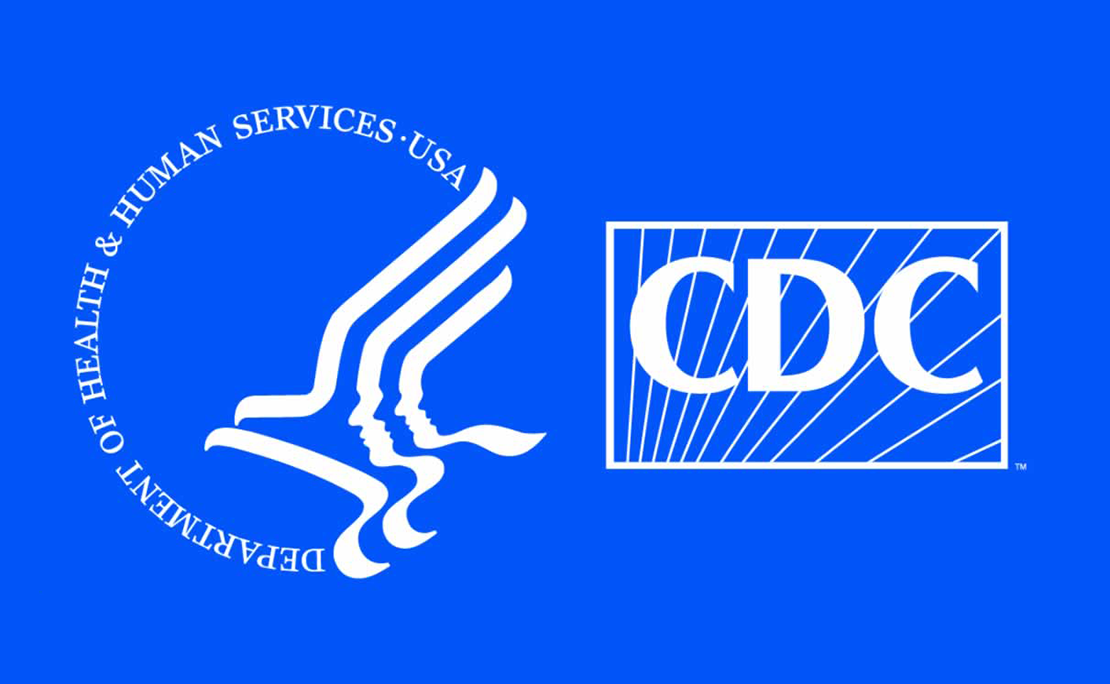Guidance for Child Care Programs that Remain Open
Prevent the Spread of COVID-19
Plan ahead to ensure adequate supplies to support hand hygiene behaviors and routine cleaning of objects and surfaces. If you have difficulty in obtaining these supplies, please contact your local Child Care Resource and Referral (CCR&R) Agency to learn more about service organizations in your community who may have additional resources. Your local CCR&R Agency can be found under “Resourcesexternal icon” at Child Care Aware of America.
Encourage staff to take everyday preventive actions to prevent the spread of respiratory illness.
- Wash hands often with soap and water. If soap and water are not readily available, use an alcohol-based hand sanitizer with at least 60% alcohol.
- Always wash hands with soap and water if hands are visibly dirty.
- Remember to supervise young children when they use hand sanitizer to prevent swallowing alcohol.
- Clean and disinfect frequently touched surfaces.
- Cover cough and sneezes.
- Cover your mouth and nose with a cloth face covering when you have to go out in public.
- Cloth face coverings should NOT be put on babies and children under age two because of the danger of suffocation.
Require sick children and staff to stay home.
- Communicate to parents the importance of keeping children home when they are sick.
- Communicate to staff the importance of being vigilant for symptoms and staying in touch with facility management if or when they start to feel sick.
- Establish procedures to ensure children and staff who come to the child care center sick or become sick while at your facility are sent home as soon as possible.
- Keep sick children and staff separate from well children and staff until they can be sent home.
- Sick staff members should not return to work until they have met the criteria to discontinue home isolation.
Have a plan if someone is or becomes sick.
- Plan to have an isolation room or area (such as a cot in a corner of the classroom) that can be used to isolate a sick child. Additional information about isolation in related settings can be found here: isolation at home and isolation in healthcare settings.
- Be ready to follow CDC guidance on how to disinfect your building or facility if someone is sick.
- If a sick child has been isolated in your facility, clean and disinfect surfaces in your isolation room or area after the sick child has gone home.
- If COVID-19 is confirmed in a child or staff member:
- Close off areas used by the person who is sick.
- Open outside doors and windows to increase air circulation in the areas.
- Wait up to 24 hours or as long as possible before you clean or disinfect to allow respiratory droplets to settle before cleaning and disinfecting.
- Clean and disinfect all areas used by the person who is sick, such as offices, bathrooms, and common areas.
- If more than 7 days have passed since the person who is sick visited or used the facility, additional cleaning and disinfection is not necessary.
- Continue routine cleaning and disinfection.
Monitor and Plan for Absenteeism Among Your Staff
- Develop plans to cover classes in the event of increased staff absences. Coordinate with other local child care programs and reach out to substitutes to determine their anticipated availability if regular staff members need to stay home if they or their family members are sick.
- Recommend that individuals at higher risk for severe illness from COVID-19 (older adults and people of any age who have serious underlying medical conditions) consult with their medical provider to assess their risk and to determine if they should stay home if there is an outbreak in their community.
Review plans for implementing social distancing strategies
- Social distancing focuses on remaining out of congregate settings, avoiding mass gatherings, and maintaining distance from others when possible. Detailed guidance for implementing social distancing strategies in child care centers and schools is found here.
Assess Group Gatherings and Events
- Follow current guidance about gatherings and events.
- Plan to limit nonessential visitors and postpone or cancel use of classroom volunteers.
If Your Child Care Program Remains Open
Child care programs that remain open during the COVID-19 pandemic should address these additional considerations:
- Implement social distancing strategies
- Intensify cleaning and disinfection efforts
- Modify drop off and pick up procedures
- Implement screening procedures up arrival
- Maintain an adequate ratio of staff to children to ensure safety.
- Plan ahead and recruit those with child care experience to ensure you have a roster of substitute caregivers who can fill in if your staff members are sick or stay home to care for sick family members.
- When feasible, staff members and older children should wear face coverings within the facility. Cloth face coverings should NOT be put on babies and children under age two because of the danger of suffocation.
